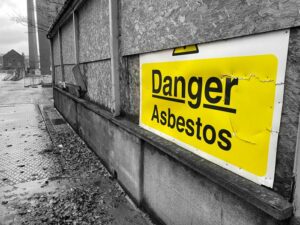Fine particulate matter (PM2.5) that originates from brake pads may be just as bad for the lungs as PM2.5 from diesel exhausts, a study has suggested.
Brake pad emissions make up a fifth of PM2.5 air pollution at roadsides, and the King’s College London and Imperial College London research found that it causes inflammation which harms respiratory health, as well as damaging cells when they enter the lungs.
They also believe that brake pad dust could be contributing to coughs and colds suffered by Londoners.
Non-exhaust emissions (NEE) are expected to rise from 7.4% today to 10% of all UK PM2.5 emissions by 2030, in part due to increased regulations on exhaust emissions as well the further take-up of electric vehicles (EVs).
EVs are generally heavier than their petrol or diesel equivalent, which increases NEE. However, many EVs are equipped with regenerative braking, which reduces emissions.
For the study, which was published in the journal Metallomics, researchers obtained dust from a brake pad testing factory which tests a broad range of vehicles used across Europe in real-time driving conditions.
To test its effect on immune cells, they grew macrophages in the lab, which are a type of immune cell that protects the lungs by killing bacteria.
When they exposed the macrophages to particulates from diesel exhaust and brake dust respectively, scientists were surprised to find they both reduced the ability of the macrophages to take up and destroy the bacteria.
The particulates from both sources also caused the macrophages to produce immune signalling molecules which drive inflammation and damages the lungs.
Dr Ian Mudway, who led the research at the MRC Centre for Environment and Health at King’s College London, said: ‘At this time the focus on diesel exhaust emissions is completely justified by the scientific literature, but we should not forget, or discount, the importance of other components, such as metals from mechanical abrasion, especially from brakes.
‘There is no such thing as a zero-emission vehicle, and as regulations to reduced exhaust emissions kick in, the contribution from these sources are likely to become more significant.’
Last year, the Air Quality Expert Group (AQEG) warned that urgent action must be taken to cut emissions from tyres and brakes.
Their report argued the case for introducing an internationally recognised standard for measuring NEE, which it says would allow for a more accurate understanding of the threat it poses.















